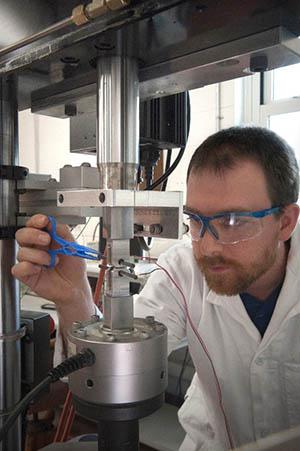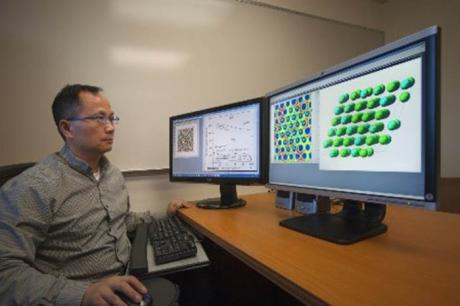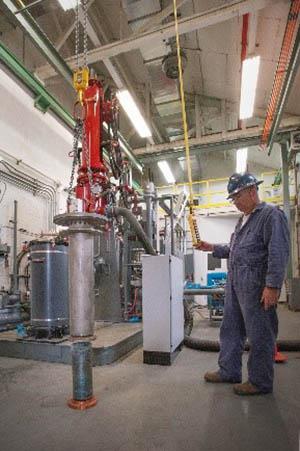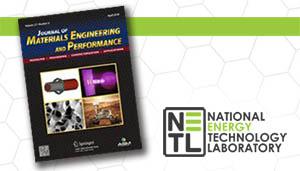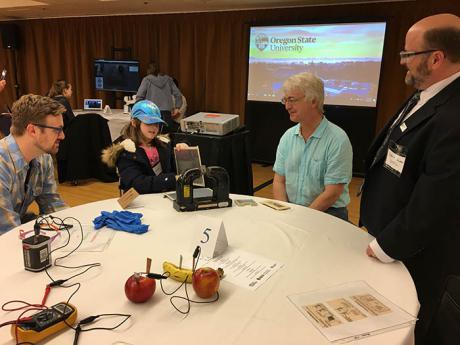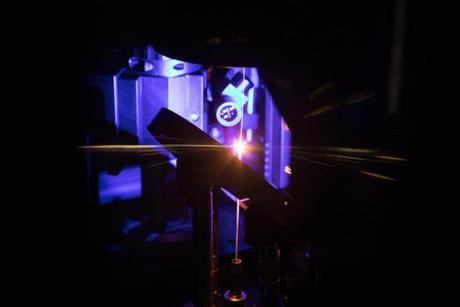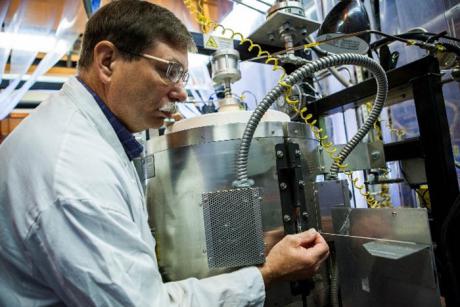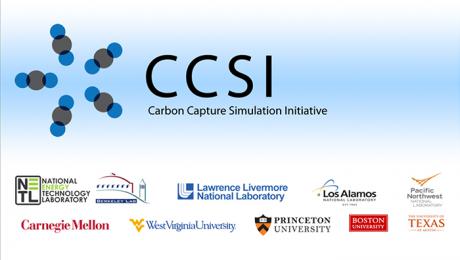Because supercritical CO2 (sCO2) power cycles can improve thermal efficiency and enable energy production from domestic fossil fuels with responsible stewardship of the environment, NETL researchers are aggressively investigating how to maximize the service life of materials in sCO2environments.
sCO2 power cycles operate similarly to other turbine cycles, but they use CO2 – rather than steam – as the working fluid in the turbomachinery. In its supercritical state, CO2 remains liquid-like rather than gas-like and has unique properties for energy generation equipment. For example, turbomachinery that uses sCO2 can be very compact and highly efficient, requiring less compression and enabling better heat exchange.
sCO2 power cycles operate at very high pressures, which means they operate more efficiently so more energy can be created from less fuel and with a reduced cost. Because sCO2power cycles require higher pressures than traditional power generation systems, the physics, chemistry, and components do not behave as they would in conventional systems.
About
News and Events
Research and Programs
Carbon Management Point Source Carbon Capture Carbon Dioxide Removal Carbon Dioxide Conversion Carbon Transport & Storage Hydrogen with Carbon Management
Resource Sustainability Methane Mitigation Technologies Minerals Sustainability Natural Gas Decarbonization and Hydrogen Technologies Advanced Remediation Technologies Energy Asset Transformation
Key Lab Initiatives Advanced Alloys Signature Center (AASC) Science-based Artificial Intelligence and Machine Learning Institute (SAMI) Center for Microwave Chemistry (CMC) Center for Sustainable Fuels and Chemicals (CSFC)
Energy Technology Development Office of Energy Efficiency and Renewable Energy Battery Workforce Initiative Cybersecurity, Energy Security, and Emergency Response Office of ElectricityGrid Resilience
Business
Library
Explore our Library

Approved Categorical Exclusions Environmental Assessments Environmental Impact Statements Oil and Gas Projects Summaries NETL Fact Sheets NETL Newsletters Publication Search Energy Data Exchange (EDX) FECM External R&D Final Technical Reports Summary Information for External R&D Awards Technical Reports Series (TRS) Peer Review Reports Interagency Working Group Initial Report
- Research and Programs
- Carbon Management
- Core Competencies
- Resource Sustainability
- University Training & Research
- Key Lab Initiatives
- Energy Technology Development
- Featured Infrastructure
- Methane Emissions Reduction Program
-
- Business
- Technology Transfer
-
- Library
- Energy Analysis
-
- About
- News and Events
- Education




